Have you ever wondered why top fashion brands invest so much time and money into their fashion shoots? Well as you know looking really good isn’t easy and shooting successful model photography and video for your website, marketplace, catalogue or social media is really important for a successful brand and sales.
Setting up your eCommerce store can be a piece of cake, but making sure your products sell is whole other story. As you know, when shopping online, customers can’t reach out and pick up your product. They can’t see how it fits, or how it looks or how it’s made. It’s your job to show them in a single image. And this is both an art, and a science. Keep reading to find you how its done.
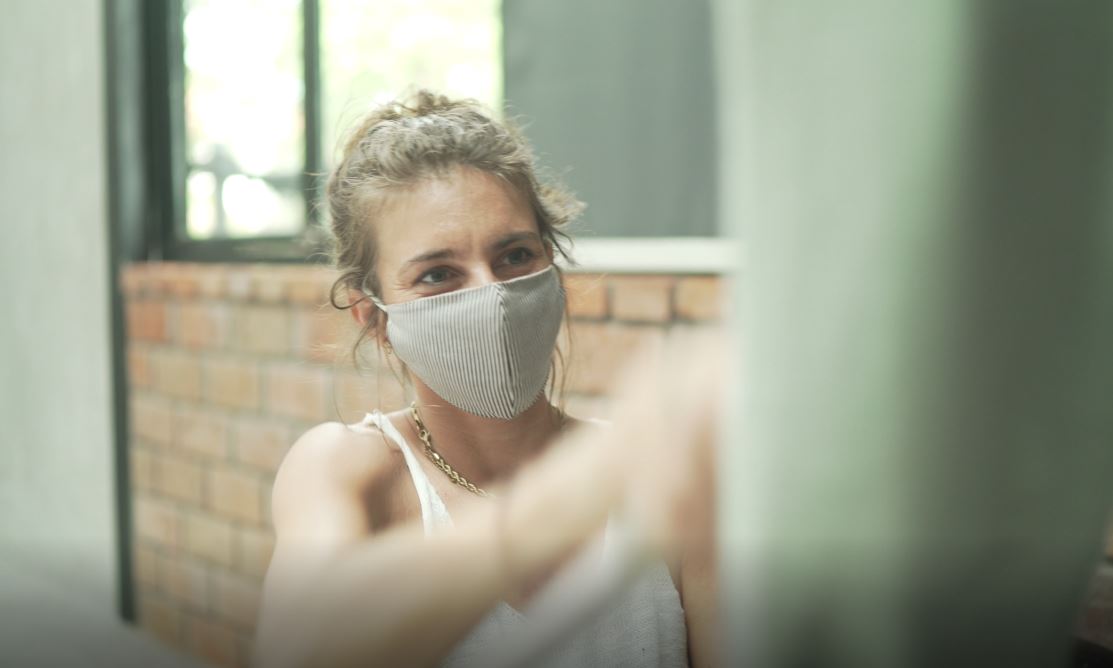
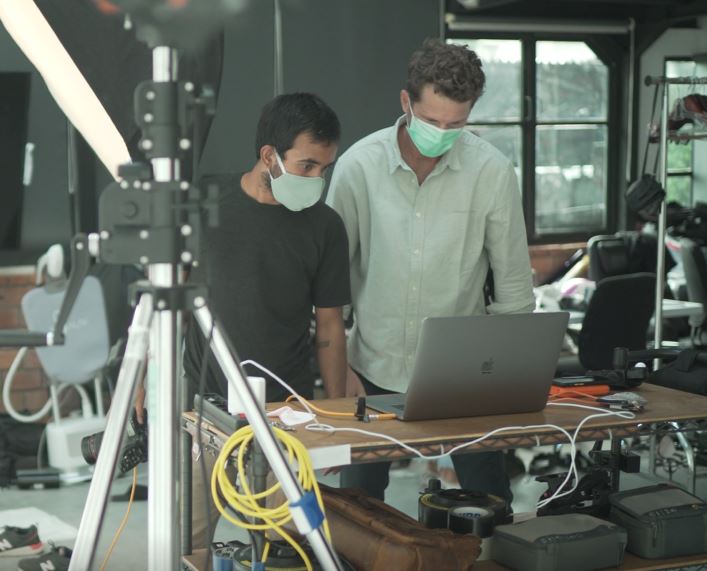
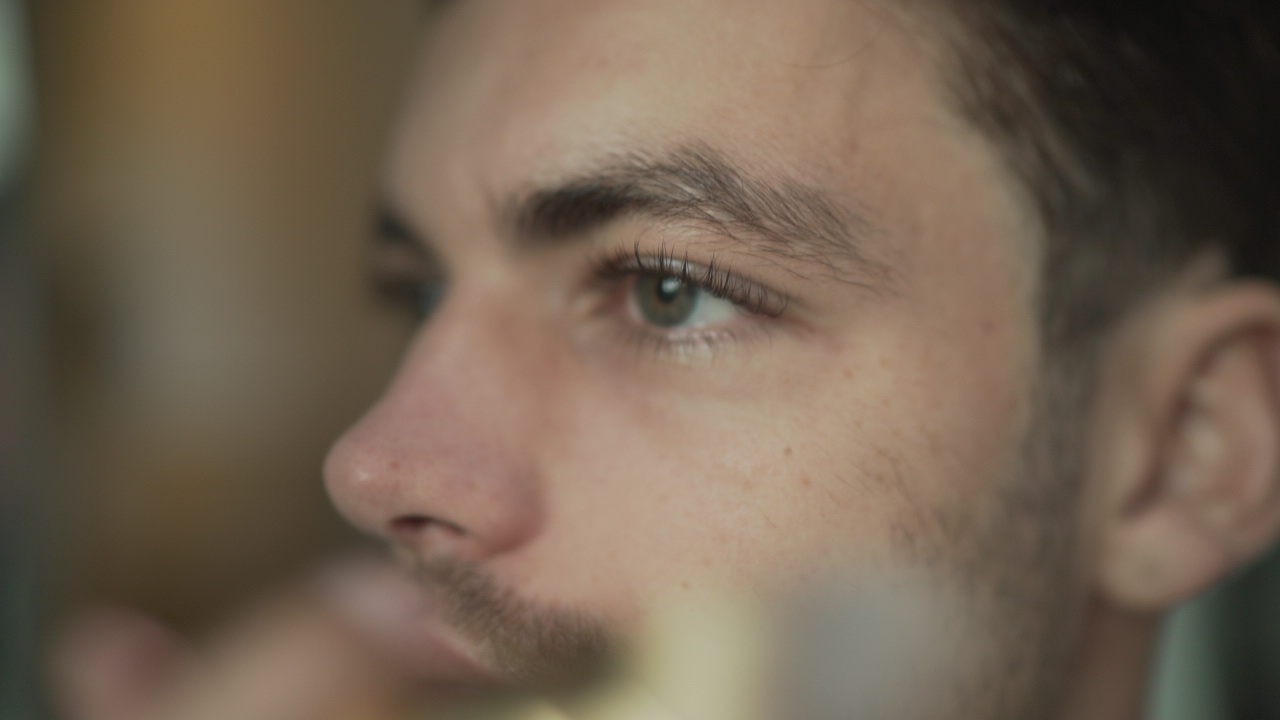
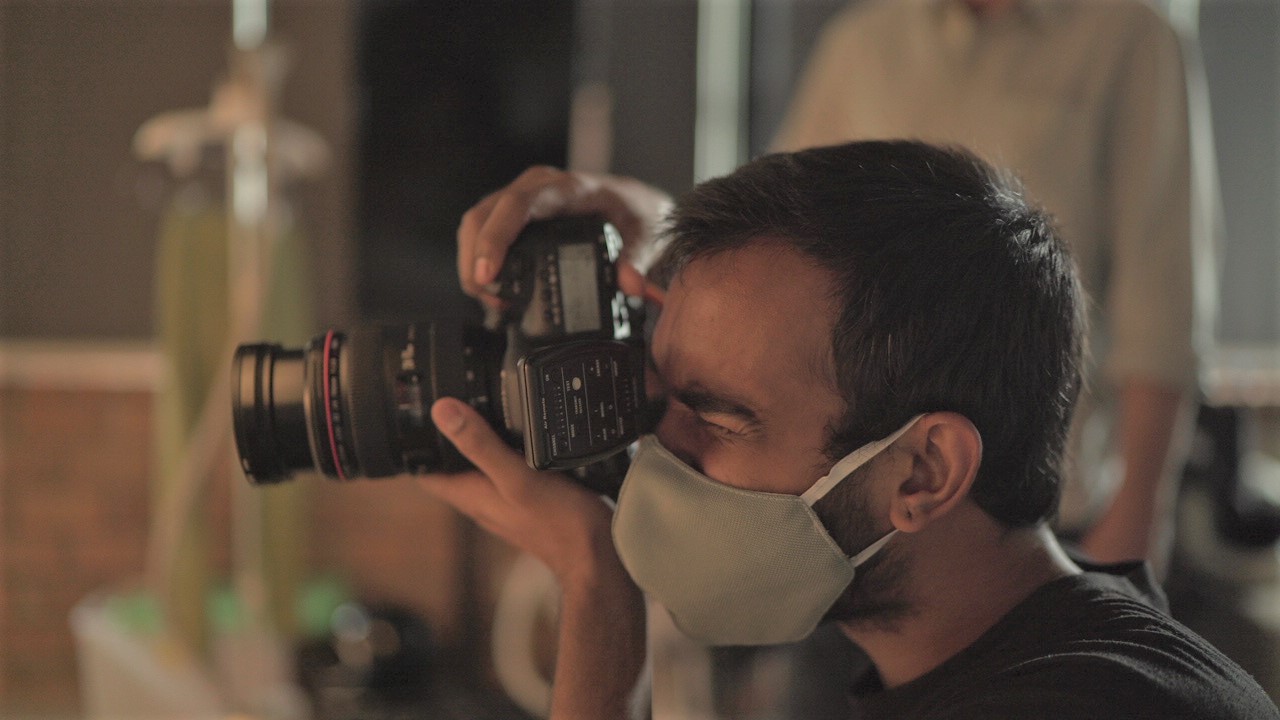
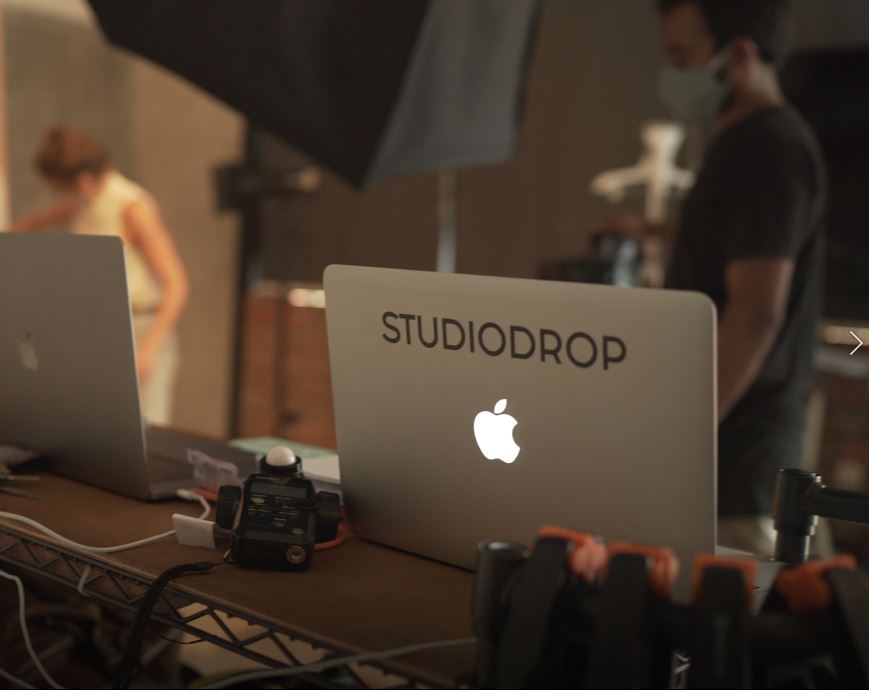
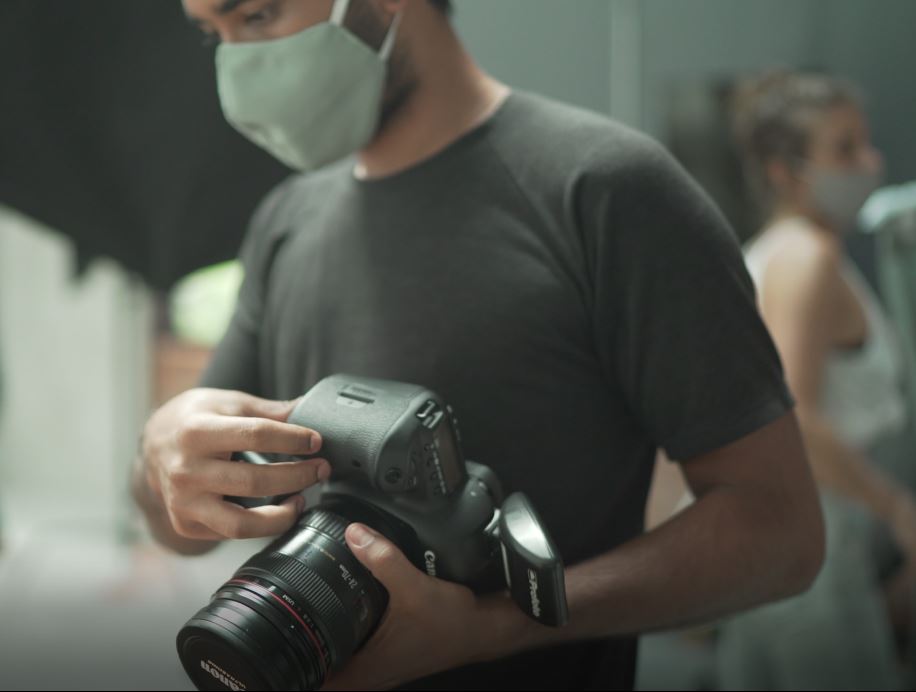

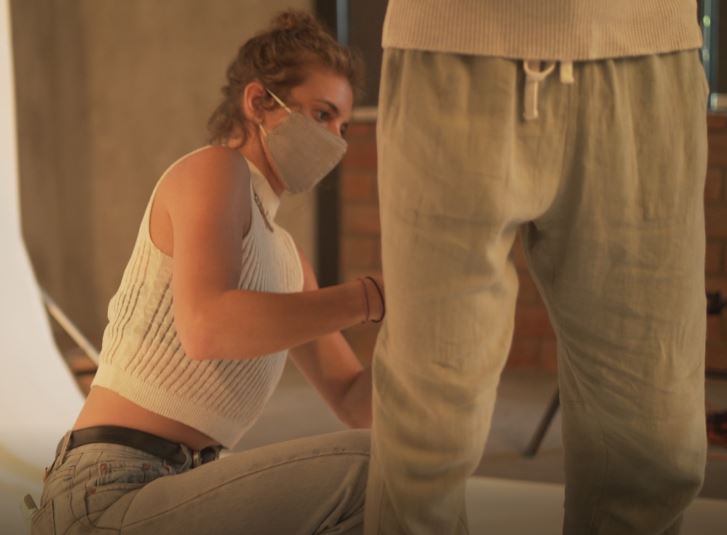
There are plenty of options for your customers online. It’s up to you to provide high-quality product photography so that your customers just can’t say no…I’m sure you know this already, but people buy with their eyes and that is why the fashion shoot has become the single most important element for any online store. So how do you do it? Before we get into all the solutions and guidelines to help you create the best eCommerce and website imagery, here is what we will cover in this post.
1) Expressing your brand story visually.
2) Being consistent with your images.
3) Getting it right is all about planning.
4) Why having professionals is everything.
5) How to work with fashion models.
With the quality and size of fashion collections increasing every season and with new fashion start-ups launched every day there are millions of apparel products created and launched onto both social and eCommerce platforms everyday. Most however are not optimised to sell. It is a fact you already know, to be competitive in this digital landscape world class apparel photography is the foundation to getting your sales strategy on point and standing out from the noise. This is how you do it…
Let’s jump right in. If you look at a fashion brand as a ‘story being told’ it’s often easier to bring the brand personality to life. This story needs to be told in every narrative produced and how your brand expresses itself every day. This story covers everything your brand does and most importantly how it looks. Photography, imagery and video content is king – all of the decisions you make define your brand’s story – what models you will use, how they pose, styling, hair and make up, what kinds of accessories they will wear and with what and how – ultimately does every single image you plan to take, align with your brand.

Photos are the most important aspect of your Amazon listing, helping to sell your product, build trust, answer questions and avoid negative reviews.
If you’re a new fashion brand selling wholesale to retail customers (B2B) or directly through your eCommerce website (B2C) or both, it is always a good idea and starting point to look for inspiration in magazines, campaigns, lookbooks or even competitor brands you think are aspirational – and create a beautiful moodboard broken down into brand categories that you can then refer to yourself, or show to your suppliers as a point of reference or inspiration. The idea here is to inform your team both internally and externally so that all decisions you make are aligned with your story. This is particularly important in regards to apparel product imagery.
All brands need to be able to tell great stories. Sharing the story of your company – what drives you, what you value, what you hope to achieve – can make you more human and relatable. It can help audiences feel more personally and emotionally invested in what you have to offer.
The strongest brands come to life at the intersection of story and image. The two exist symbiotically, reinforcing one another. When you effectively combine the two, it helps your brand stand out. To be clear, standing out doesn’t always mean you’re the loudest or the boldest, or the most different. Sometimes standing out means you’re the most crisp, beautiful and consistent version of yourself. Fundamentally that is exactly what we do at StudioDrop, we create on-brand model images that bring fashion apparel to life online. Click below and see how we work, its easy, give it a go…
Wouldn’t it be great to just sit in your office and focus on making your fashion business grow. What you need is a simple solution to get all of your eCommerce fashion photography needs produced with just a few clicks. Let’s jump right in, this is how it works…
If you’re up and running and have been making sales, fantastic! All of the content you have made and will make needs to adhere to, compliment and evolve your brand story. Always be creative with your evolving aesthetic, but do not ever lose your core brand principles and story.
Consistency is king, a photographer, hair and makeup and importantly a stylist will be able to produce better content if they understand a brand’s values clearly. A stylist will be able to mix and match outfits that have greater appeal to your brand and therefore your audience. A specific model will be able to express a look in a way that creates a more desirable response in viewers.

It’s no secret that successful fashion eCommerce requires excellent professional photography. Your store will outshine your competitors and the ROI will be well worth it.
The actual image of the clothing product is the split second introduction to the customer. It must be clean, simple, complete and as close to reality as possible. In regard to the quantity of photos to be included in each product style the numbers have been optimised in the fashion industry to 3, 4 or 5 images. We believe 4 image angles is optimum. Front view, ¾ view, side view, rear view and or detail of print or detailing (or both). If we look at statistics of recent survey by Shopify for customer preferences we find this: only a 0.52% wants to see a single product photo, a 33.16% prefer to see multiple photos; and the majority of them, exactly a 58.03%, prefer photographs that will enable them to have a full angle view of the garment.
I’m sure you already know that your customers have a direct association with the quality of your garments with the standards at which they are styled, modelled and photographed. Bright, vibrant, consistent and optimised product images will make your brand’s clothing seem so much more appealing.
The first thing we do when we receive a set of samples is to cross-check them against the packing list, hang, steam, iron and then examine closely for any imperfections, remove creases and labels and tags or lint, dirt or dust – distractions waiting to steal your customers’ eyes away from the real prize: your product itself.

High quality product photography is essential for apparel ecommerce.
We examine the clothing samples one by one and look thoroughly for any holes, missing fabric, or other imperfections that might have been missed. Any obvious repairs we do ourselves to fix as much as we can by hand to minimize the post production process. But also to remember almost anything can be fixed in Photoshop with a keen eye and we have some of the worlds best post production editors ready to correct anything that couldn’t be fixed in pre production.
When you’re having a photo shoot, knowing who to have on your team is super important and will give you a better chance of achieving the right shot fast. If everyone is working to the same goals – making things look incredible and as planned but also helping to move onto the next outfit faster and save time, and time is money. Speed and scalability are StudioDrop’s founding principles, we have produced 100’s of fashion shoots and perfected the art of knowing exactly how to optimise them for the best results to pass on the cost savings to you. Here are some of the few tactics we use to be better.
– Working closely with the world’s best stylists
A stylist is the guardian of how everything comes together in the final image. They need to be both technical and artistic as they put together outfit combinations, ensure the clothes are prepped and obviously also style the model. A stylist is not just someone who assembles a clothing outfit for a model to wear, but they are an artist who finds an interpretation of a fashion tendency to tell a particular story. Clothes and accessories used by a stylist bring a shoot to life. It’s a tool for communication, which purpose is to create and translate a particular vision and ideal of life. You really want to Invest in a great stylist who works towards a specific brief and also has their own creative ingenuity and importantly can work fast.
A stylist’s main task is putting together outfits and garments that match the story and concept you set out in the brief. They are usually well connected with stores, brands, and designers, and good stylists monitor trends in fashion with much patience and focus.
A stylist will conceptualize outfits for the shoot from brands who fit the brief, and they will go out and borrow these items for the shoot, dress the models in an organized and creative fashion, and ensure that all items are accounted for at the end of the day as per the shoot linesheet. Stylists are photographers’ biggest allies and can really make a shoot look incredible.
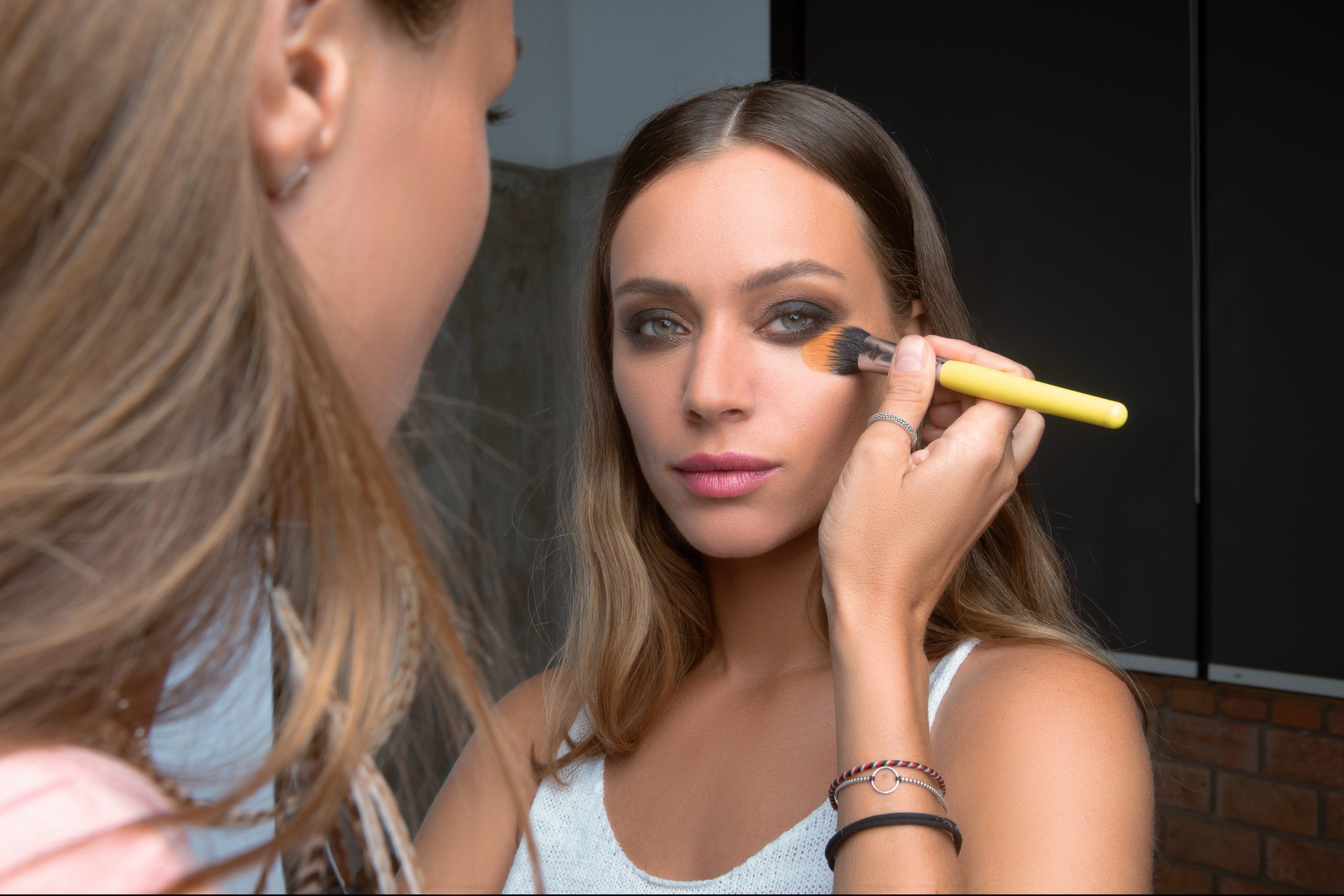
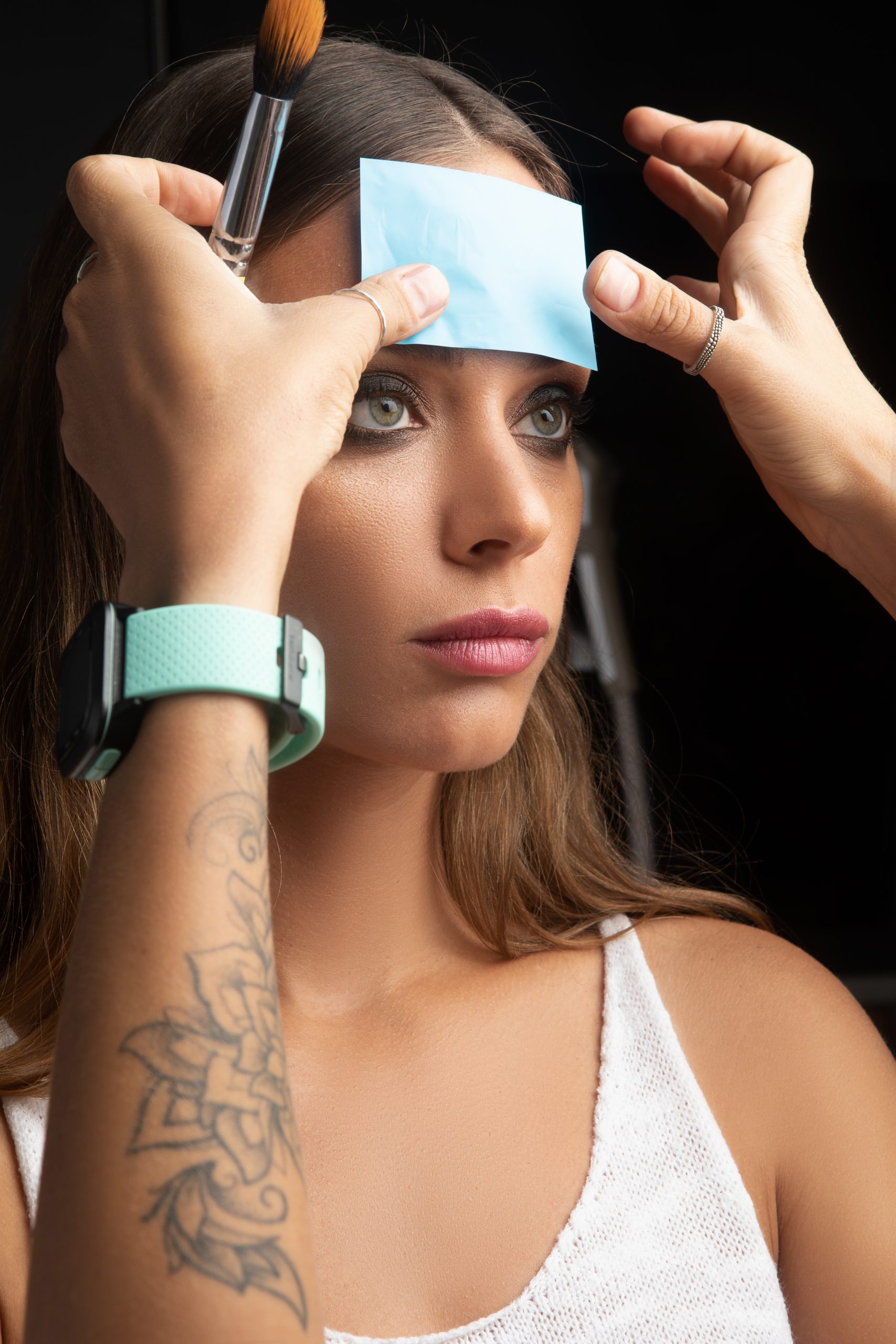
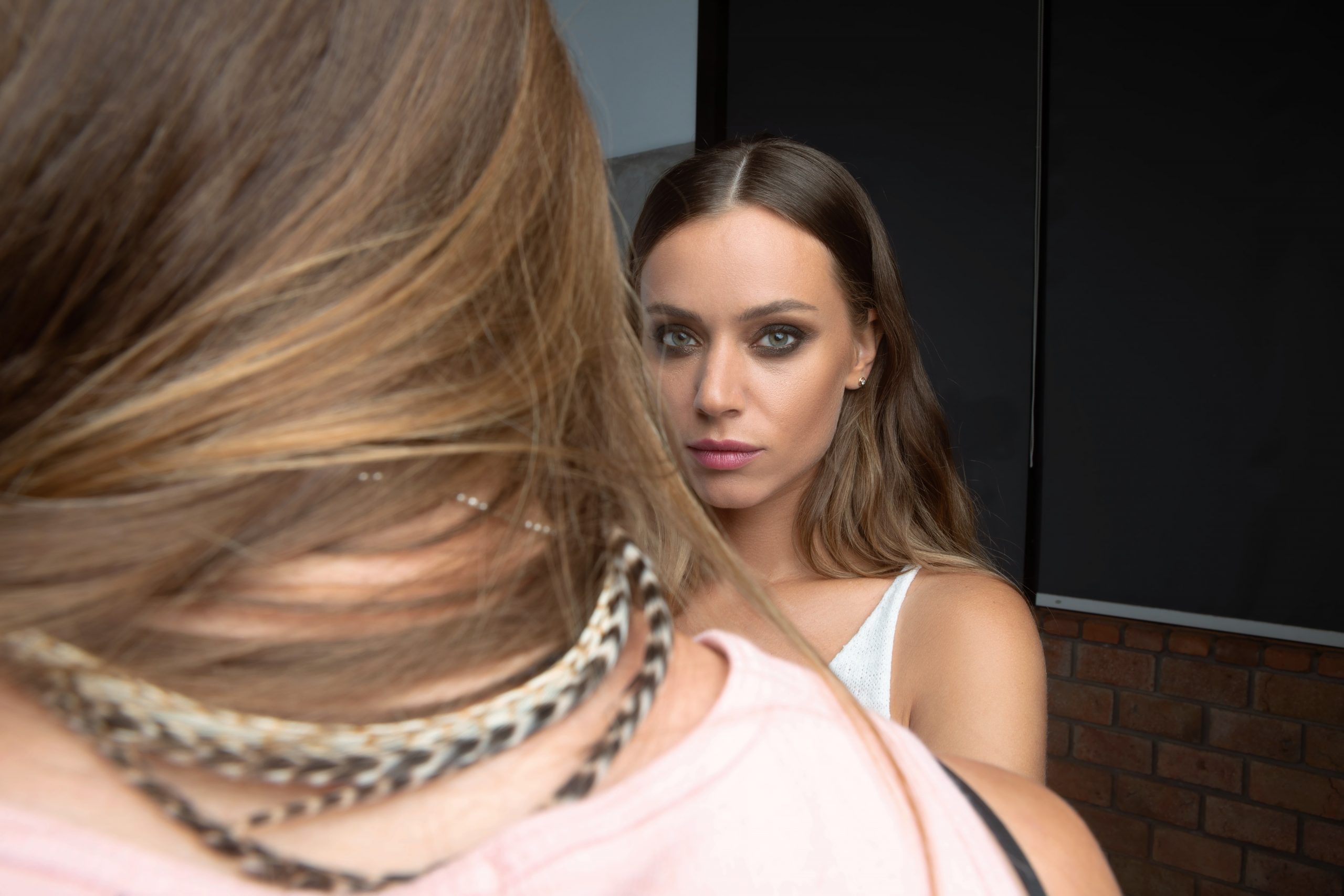
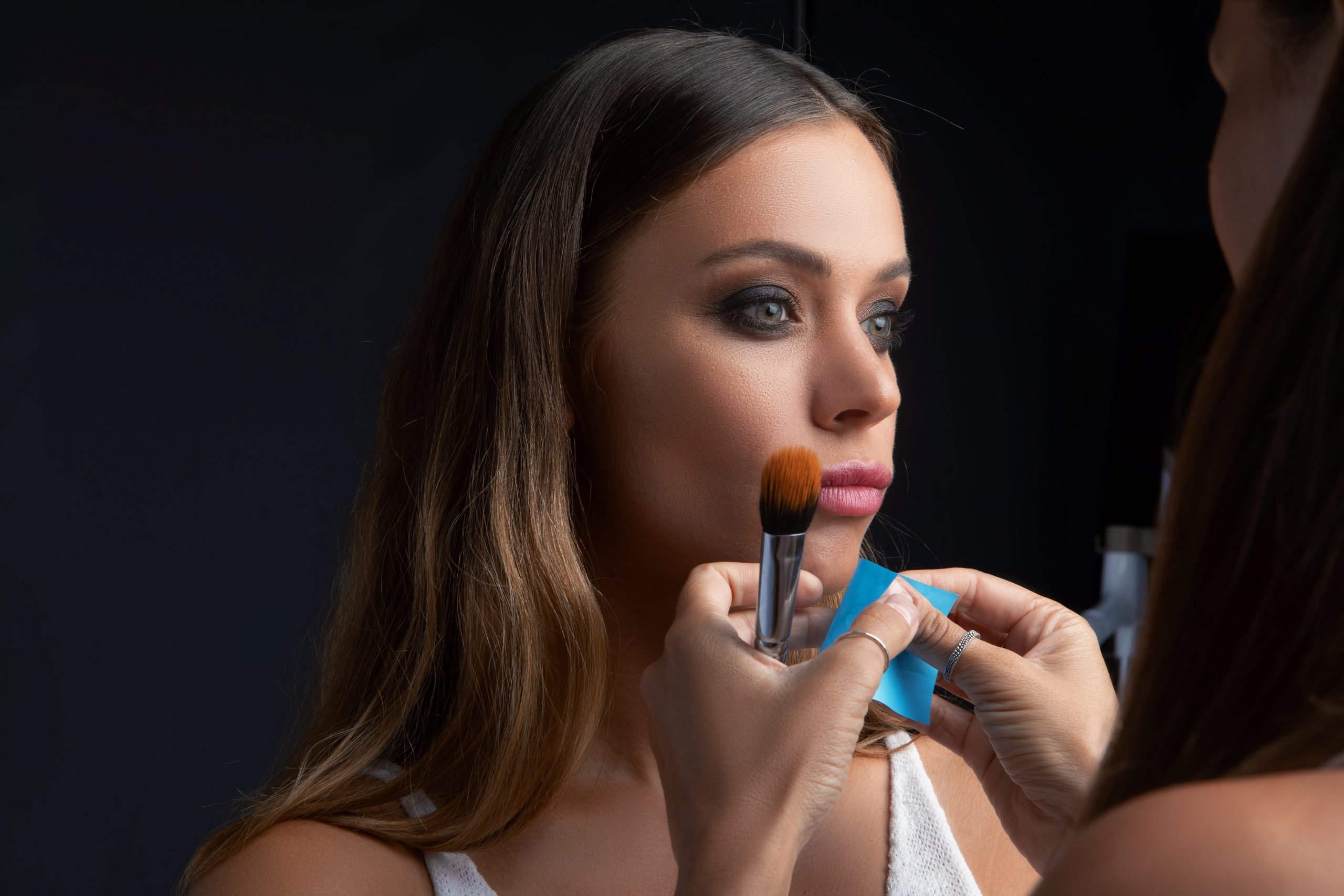
– Using the best Makeup and Hair Stylists
Great makeup can make a model. Using professional hair and MUA is important in 2 ways. Firstly it will save a lot of time in terms of photo retouching that will need to be done after the shoot and secondly makeup and hair stylist know how to highlight the models best features, downplay blemishes or discoloration, and really make their best features pop with fresh, polished, and flattering looks.
At StudioDrop we have trained our artists and stylists specifically on eCommerce best practices and with years of experience we understand that every single look counts to our clients bottom line. Photo sessions last all day and the models need styling that will look consistent, first shot to the last. Professional products are made to withstand long hours, sweat, tears and hard work.
Artificial studio lighting exposes blemishes in skin that you would never notice in natural light so to avoid foundation ‘flash-back’ we use no foundations which contain high SPF, titanium dioxide and zinc oxide which create a mask-like appearance. It’s also important to avoid HD powders under flash photography, which create the unsightly white patches on the face or body.
In terms of women’s makeup, there are three proven best-selling looks: Natural Easy, Natural Styled and Formal Styled. These look good on any models face and will fit any seasonal clothing direction or brand. The simplest look is often the best and most effective.
Our in-house StudioDrop hair stylists specialize in hair artistry together with consistency. Our stylists do everything that is needed as per the spec selected by the client in the shoot builder. Both men and women have basic hair selectors, Natural Easy, Natural Styled and Formal Styled If the shoot requires a special look specific to a very niche apparel or art direction we can easily do it. We just need to discuss the brief with the client.
So once you have your team, done your planning, and are ready to go it’s then all about the model. A good model is not easy to find, and good ones don’t come cheap. But if you have found and booked the correct model for your brand or collection, then the next step is to get them working at high performance levels on shoot day.

Photographing a garment on a live model is the best way to showcase that garment’s shape and encourage customers to visualize themselves wearing it.
A word of caution, on shoot day, always keep your cool and stay focused. Being on set is stressful and your attitude will determine the overall mood of the shoot, so be positive and encouraging to make sure that everyone involved feels that their efforts are appreciated and they are part of the team. Build rapport and trust with the photographer, and sneak a peek at the shots as the happen so you can tweak the direction of the shoot a little if needed. So the answer to the magic formula for success is that your pre-planning efforts will ensure a successful day, so go ahead and enjoy it, good luck and let us know how it goes.